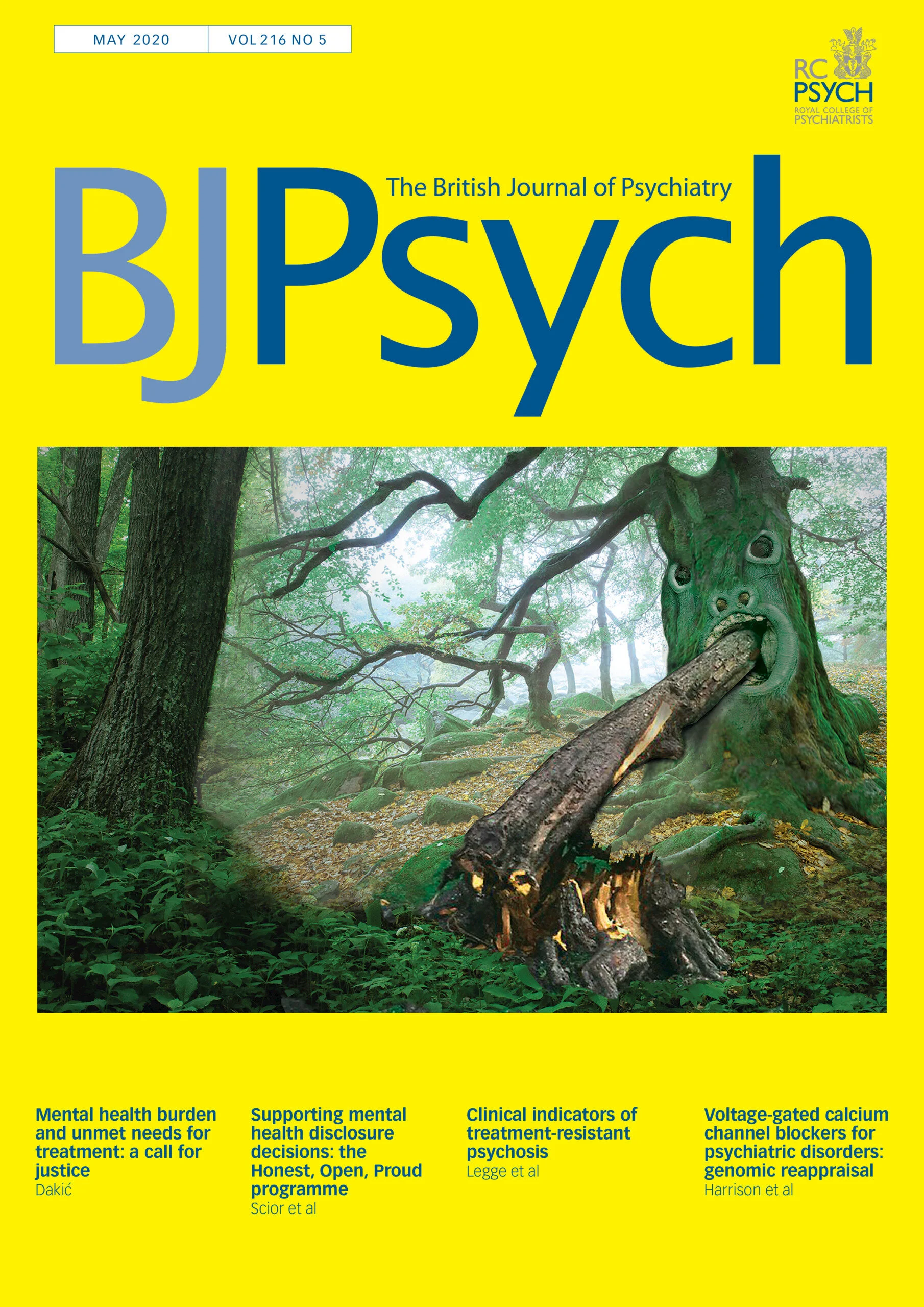May 2020
/Full text: Tracy, D., Joyce, D., Albertson, D., & Shergill, S. (2020). Kaleidoscope. The British Journal of Psychiatry, 216(5), 289-290. doi:10.1192/bjp.2020.57
Read the full May 2020 Kaleidoscope column in BJPsych for free
The practical implications of neuroscience research are often not immediately obvious; we examine post-traumatic stress disorder (PTSD) as a potential exemplar. Despite a raft of clinical data on PTSD, the underlying changes in brain networks are not well described. Contemporary neurophysiological models posit a deficit in learning and memory, particularly in the brain's fear circuitry. However, it is not clear why traumatic memories should persist in some people but not in others – even if exposed to the same event. Writing in the journal Science, Mary et al worked with over a hundred survivors of the 2015 Paris terrorist attacks on the Bataclan theatre. Some had developed PTSD (‘PTSD+’), some had not (‘PTSD–’), and they compared them with non-exposed healthy individuals as a control. All participants underwent functional neuroimaging to explore how their dorsolateral prefrontal cortices (DLPFC) regulated intrusive memories. In those without PTSD (PTSD– and controls) the right anterior DLPFC was shown to reduce responses in two key memory areas: the hippocampi and the precuneus. Specifically, there was a reduced functional coupling between these areas when individuals attempted to prevent intrusive memories entering consciousness. In other words, these ‘healthy’ individuals were able to adaptively suppress memory activity; something those with PTSD+ were unable to do. The findings demonstrate the role of memory suppression systems in PTSD, with disruption in the regulation of unwanted thoughts and the mechanism used to banish them. The authors use the metaphor that for those with PTSD, trying to suppress memories is akin to ‘efforts to slam on a faulty brake’. To the clinical application: traditional PTSD interventions focus on the trauma, with re-exposure to circumvent memory avoidance and suppression, allowing traumatic memories to be safely contextualised and extinction promoted. The authors propose that the novel findings offer a paradigm shift and new therapeutic option through targeting memory system disruption and the associated inhibitory control system that could utilise neutral material unconnected to the trauma.


